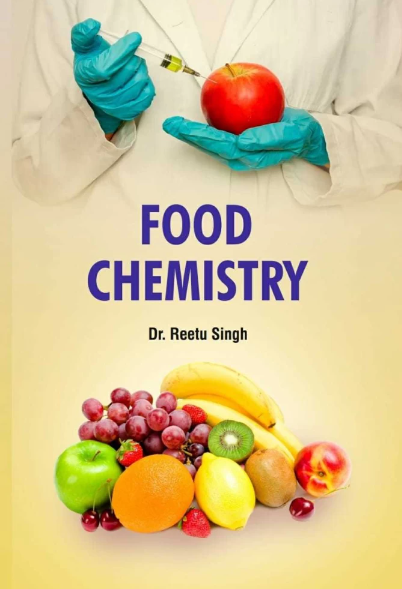Influence of Preharvest sorbitol and calcium-sorbitol applications on the ripening process and anthocyanin biosynthesis in blood Orange (Citrus sinensis cv. Sanguinelli)
IF 8.5
1区 农林科学
Q1 CHEMISTRY, APPLIED
引用次数: 0
Abstract
Blood oranges are valued for their color and nutritional properties, thriving in Mediterranean climates where temperature variations enhance anthocyanin (ACN) synthesis. Climate change threatens this process. This study evaluated six foliar applications of sorbitol (2 %, 5 %) and sorbitol-Ca (2 % + 0.7 %) from early fruit development to harvest. All treatments enhanced peel and pulp redness, particularly sorbitol-Ca, as confirmed by lower hue angle and higher color index. Treated fruits had higher total soluble solids (TSS), with 11.07 % in 2 % sorbitol-treated fruits versus 9.63 % in controls. Sorbitol-Ca reduced respiration rates (15.63 vs. 21.57 mg CO₂ kg−1 h−1) and increased firmness (9.72 vs. 8.89 Nmm−1). Phenolic content, antioxidant activity, and bound calcium levels improved fruit quality. ACN content increased over 20 % and 40 % in sorbitol- and sorbitol-Ca-treated fruits, mainly due to Cyanidin derivatives. Sorbitol-based treatments offer a strategy to enhance blood orange resilience to climate change, improving functional and commercial value.
求助全文
约1分钟内获得全文
求助全文
来源期刊

Food Chemistry
工程技术-食品科技
CiteScore
16.30
自引率
10.20%
发文量
3130
审稿时长
122 days
期刊介绍:
Food Chemistry publishes original research papers dealing with the advancement of the chemistry and biochemistry of foods or the analytical methods/ approach used. All papers should focus on the novelty of the research carried out.
 求助内容:
求助内容: 应助结果提醒方式:
应助结果提醒方式:


